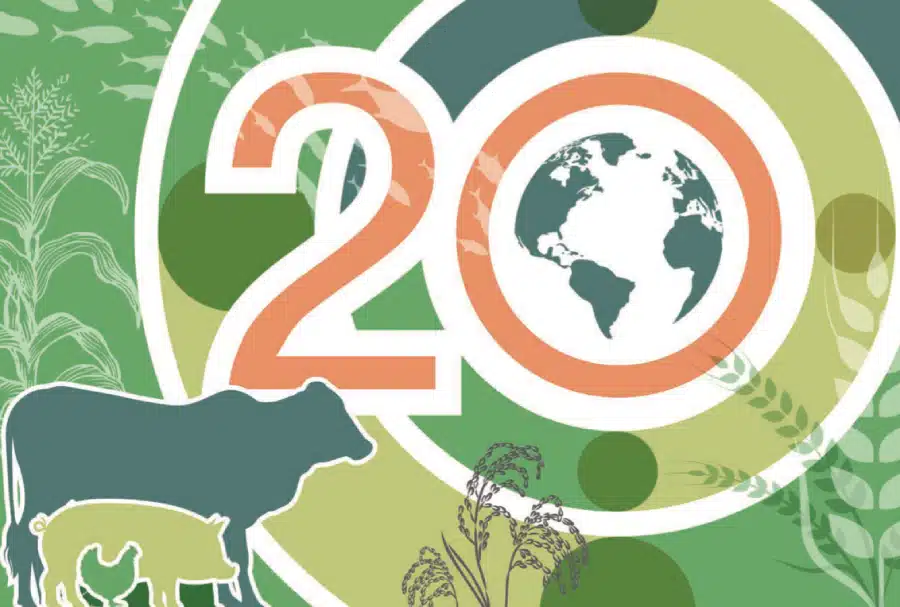New OECD-FAO Report Projects Shifts in Global Agricultural Markets and Environmental Impact

The OECD-FAO Agricultural Outlook 2024-2033 has been released, offering a comprehensive analysis of the future of global agricultural and fisheries markets. This collaborative effort between the Organisation for Economic Co-operation and Development (OECD) and the Food and Agriculture Organization (FAO) highlights significant trends and projections for the next decade.
Emerging economies have been pivotal in shaping global agricultural and fisheries markets over the past 20 years, a trend expected to persist. Historically, China has played a dominant role in driving global food and agricultural consumption. However, its influence is waning. Over the next decade, India and Southeast Asia are anticipated to become the primary consumers, driven by urbanization and rising affluence. By 2033, these regions are projected to account for 31% of global consumption growth, whereas China’s contribution will decline to 11%.
Don’t miss out! Subscribe to our newsletter for the latest content straight to your inbox, or register for FREE to gain full access.
Caloric intake in middle-income countries is expected to increase by 7%, primarily due to higher consumption of staples, livestock products, and fats. Conversely, low-income countries will experience a 4% rise in calorie intake, which is insufficient to meet the Sustainable Development Goal (SDG) target of zero hunger by 2030. This underscores the persistent challenges in achieving global food security.
From an environmental perspective, the intensity of agriculture’s greenhouse gas (GHG) emissions is projected to decline due to productivity improvements rather than expansions in cultivated land and livestock herds. Nonetheless, direct agricultural emissions are still expected to rise by 5% over the next decade. The report also highlights that halving food loss and waste by 2030 could reduce global agricultural GHG emissions by 4% and decrease the number of undernourished people by 153 million.
The report emphasizes the critical role of well-functioning international agricultural commodity markets for global food security. Approximately 20% of all calories are traded internationally. While the traded share of production is expected to stabilize, the volume of traded commodities is projected to grow, reinforcing the positions of major net exporters like Latin America, North America, Europe, and Central Asia. Meanwhile, net imports by Asia and Africa will continue to expand.
In terms of pricing, the report projects a slight decline in real international reference prices for main agricultural commodities over the next ten years. However, this trend may not be reflected in local retail food prices due to factors such as domestic inflation, currency devaluation, and high logistics and processing costs.


Responses